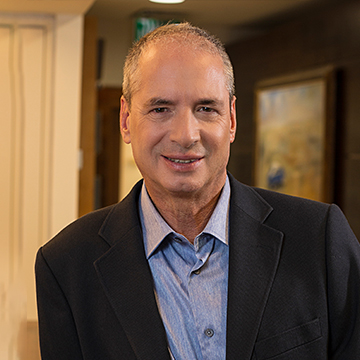World AIDS Day and Patent Complexities
In the four decades that have passed since the fatal AIDS disease erupted in 1981, considerable efforts were and continue to be invested into developing treatments. This has been largely successful. Today AIDS is no longer a life-threatening disease. The first breakthrough occurred when scientists succeeded in identifying the virus causing the disease (HIV), which then led to huge investments into developing new anti-viral drugs. As is common in the field of drug development, innovators registered numerous patents in order to protect the fruits of their efforts. Some of these patents, which protect the more successful drugs, became the subject of complex legal disputes. This article deals briefly with those issues:
Each year, on 1 December, the world commemorates World AIDS Day, and this is an opportunity to reflect on one of the most significant and inspiring achievements of our time – the development of effective medical treatment for AIDS.
The AIDS epidemic erupted in 1981, and initially the cause of the disease was unknown. A breakthrough occurred in 1983, when HIV (Human Immunodeficiency Virus) was identified as the causative agent of the disease.
This finding paved the way for the development of antiviral drugs for treating the disease. Due to the brilliance of the scientists involved and the efforts of the drug industry, HIV, which was previously considered a fatal disease, associated with multiple co-morbidities and a short life expectancy, has become a chronic but manageable condition with a much longer life expectancy.
But the road to effective control of HIV was full of trials and tribulations. The first anti-viral medication for AIDS, Zidovudine (AZT), was approved by the FDA in 1987. Although this was a crucial step forward, the initial enthusiasm surrounding AZT quickly faded with reports that resistance to AZT monotherapy rapidly developed. This extraordinary capacity to develop resistance is the result of HIV’s unique ability to create mutations that are resistant to the anti-viral drug being used.
During the following years, new drugs, and in fact entirely new classes of drugs, were developed. While these drugs improved the range of treatment options, they did not offer a long-term solution because of the rapid development of resistance to the new drugs as well.
It was discovered that to prevent the emergence of resistance to monotherapy, two or three drugs had to be administered in combination. This combination therapy was dubbed highly active antiretroviral therapy (HAART), and that approach became the new standard of care for HIV and required taking many pills every day.
But taking many pills every day (or a “cocktail” of drugs as it was often dubbed), placed a heavy burden on patients. This problem led to the development of combination drugs, where two or more drugs were administered in the same tablet. The first combination drug, Combivir, was approved by the FDA in 1997, and many other combination drugs were approved during the following years.
Of course, this enormous effort of the drug industry, could not have taken place without patent protection, which provides the developers of the drugs with the financial motivation for expending the huge amounts of money and effort required to develop these life-saving medications.
The complexity of developing drugs for treating HIV is reflected in the fact that a certain HIV drug is often protected by several patents pertaining to different technological aspects. For example, there are usually patents covering the active substance of the drug (API – Active Pharmaceutical Ingredient), patents for the combination of two or more drugs, patents relating to the formulation of the drug and its dosing regime, etc.
These HIV related patents have given rise to some complex patent disputes, particularly when generic companies challenged the validity of patents obtained by the innovative research-based companies to protect the inventions made in the process of developing these drugs. But patent disputes in this field have also arisen between innovative companies. Our firm, which specializes in representing research-based companies in these type of cases, was involved in several of the major patent disputes that took place in Israel with regard to some of the most important patents relating to the treatment of HIV.
For example, we represented Gilead Sciences, one of the world’s leading companies in the field of HIV medications, in a patent opposition case involving Gilead’s patent protecting Truvada (a fixed-dose combination of Tenofovir Disoproxil and Emtricitabine) and Atripla (a fixed-dose combination of Tenofovir Disoproxil, Emtricitabine and Efavirenz). The issues litigated in this case demonstrated, in particular, the complexity of the considerations involved in combining several HIV drugs together, which arise especially from the tendency of the HIV virus to develop drug resistant mutations, so the idea is that if a mutation of the virus becomes resistant to one drug, it would not be resistant to the other drugs in the combination, and thus the combination drug would still remain effective against HIV.
We also represented Gilead in an opposition against its patent protecting the compound Tenofovir Alafenamide Hemifumarate (a new and improved prodrug of tenofovir), and also in other disputes relating to patents in this field.
While litigating these cases, we had the privilege of working closely with world renowned scientists in this field, some of whom have been involved in the effort to treat AIDS from the very start (when the disease did not even have a name yet), and it was a truly educating and inspiring experience to learn from them about their involvement in the efforts to treat AIDS.
On this World AIDS Day, we pay our respects to those who unfortunately lost their lives to the disease, while at the same time paying tribute to the scientists and drug companies who did so much to develop effective treatments.




